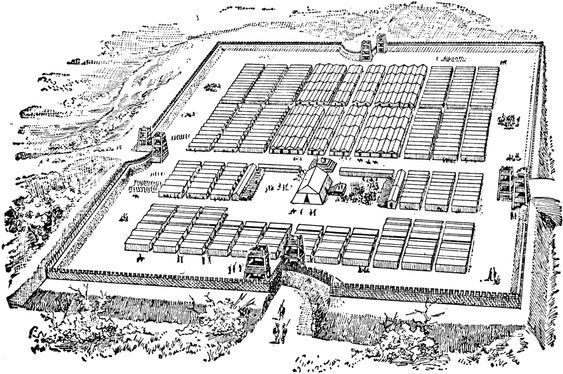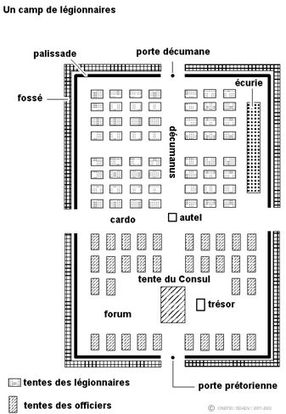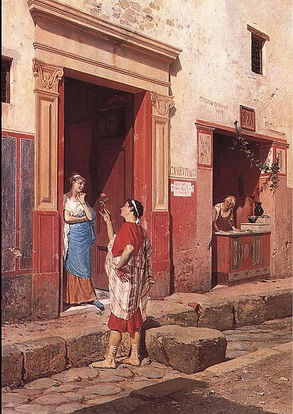In the 5th century BC, Pompeii came under Roman influence.
One of the most visible signs of this new conquest was the introduction of Roman city planning.
The Romans designed their cities using a grid system, a method perfected through the establishment of hundreds of military camps during their campaigns.
Roman cities were organised around two main perpendicular streets - the Cardo and the Decumanus Maximus.
These streets facilitated the easy movement of people throughout the city, with major public buildings such as temples, baths, and fountains typically located along them.
The Via dell'Abbondanza was the Decumanus Maximus, bustling with shops, workshops, bakeries, and restaurants.
It connected the Forum to the Amphitheatre.
Fun fact: the large stones across the streets served as pedestrian crossings to keep people's feet dry.
If you look closely, you might also notice tiny holes carved into the stones outside taverns - these were used to tie up horses while Pompeiians went in for a drink!













.jpg)